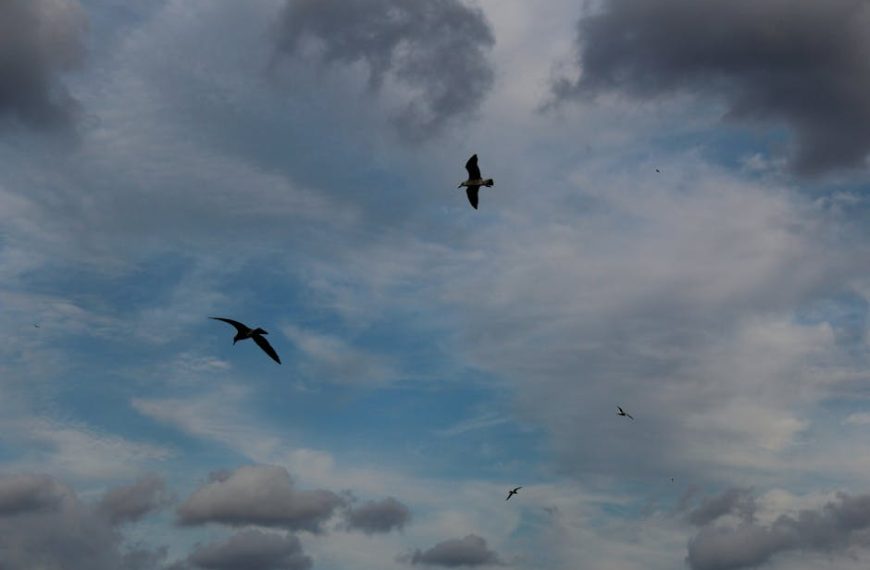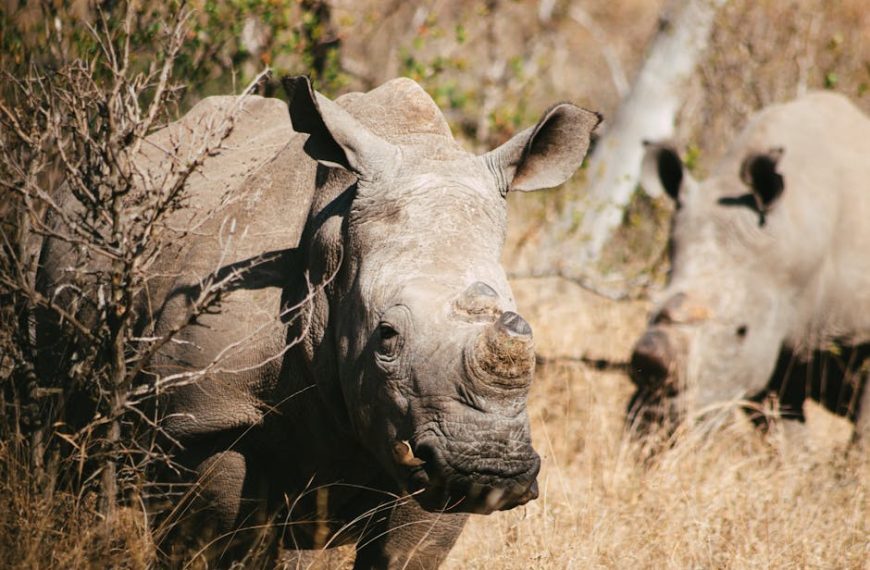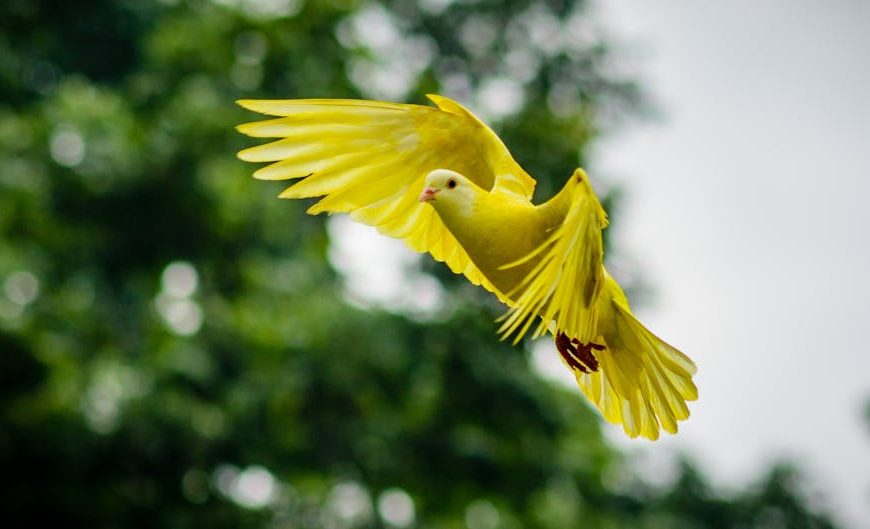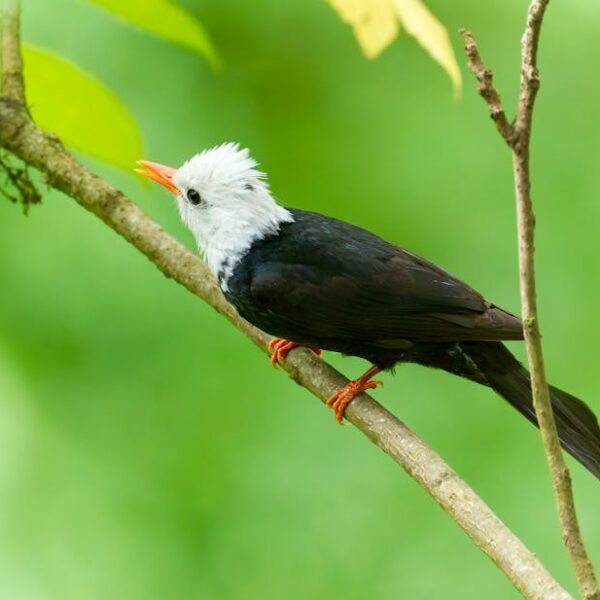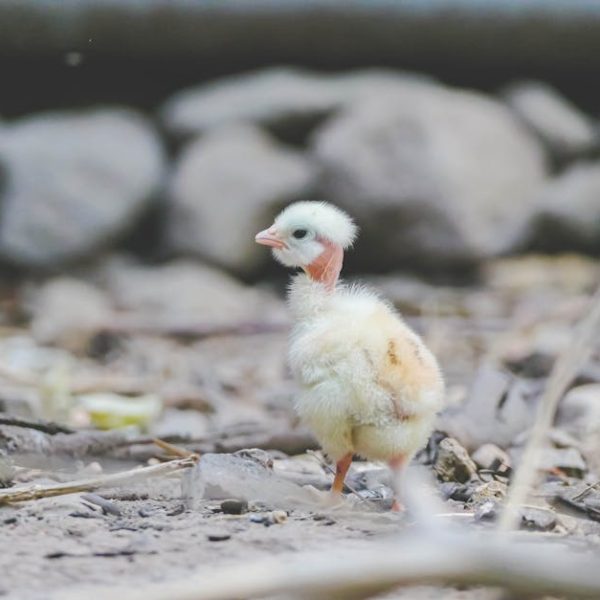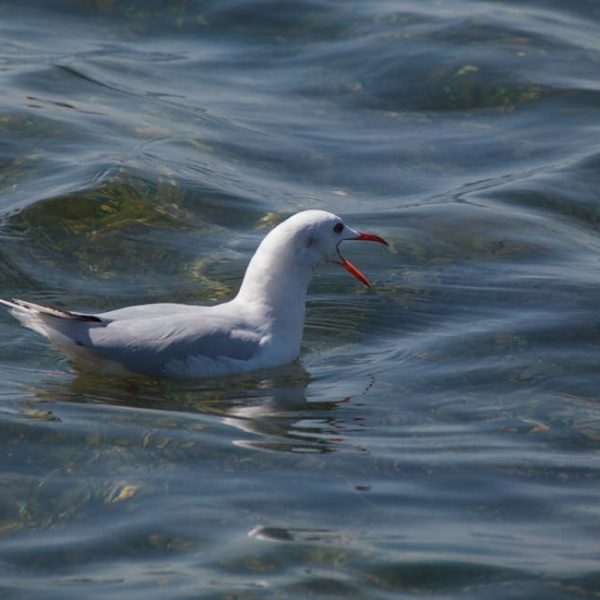Life thrums through every inch of Costa Rica, a biodiverse paradise tucked between the Pacific Ocean and the Caribbean Sea. This rainforest nation is famed for its rich tapestry of flora and fauna, of which its avian population is a true jewel. Among the world’s premier bird-watching destinations, Costa Rica boasts over 900 bird species – around 10% of all known bird species on Earth. This article dives deep into Costa Rica’s swirling melange of birds – from the vibrant feathers of the Scarlet Macaw to the haunting calls of the Resplendent Quetzal.
Noteworthy Species of Birds in Costa Rica
Twitchers, hold onto your binoculars as the Costa Rican bird landscape will whisk you across a dizzying array of avian delights. Capping the list of must-see species is the Resplendent Quetzal, the ethereal, emerald-green bird once revered by Mayan and Aztec civilizations. Another showstopper is the Scarlet Macaw, a blaze of red, yellow, and blue, frequently spotted in the Pacific coastal region and national parks.
Here are some other unique Costa Rican birds worth a mention:
- Keel-billed Toucan: Known for its multicolored, oversized bill.
- Turquoise-browed Motmot: Famous for its long, pendulum-like tail.
- Blue-throated Goldentail: A breathtaking hummingbird species native to Central America.
The landscapes of Carara and Corcovado National Parks, along with Cerro de la Muerte, are prime bird-watching locales for glimpses of these avian treasures.
Various Bird Habitats in Costa Rica
Costa Rica’s bird diversity owes much to the country’s rich range of habitats. From lowland rainforests and cloud-draped highlands to coastal mangroves and dry forests, each ecosystem supports a distinct avian community.
Rainforests: Teeming with toucans, macaws, and motmots.
Cloud Forests: Home to the Quetzal and hummingbirds.
Mangroves: Dominated by herons, egrets, and spoonbills.
Dry Forests: Frequently visited by parrots, owls, and woodpeckers.
Among the habitats, rainforests edge out others in terms of overall bird diversity. Nonetheless, the unique species like the Quetzal in cloud forests and Great Blue Heron in mangroves make each habitat special in its own right.
Birds Migration Patterns in Costa Rica
Beyond resident birds, Costa Rica witnesses a significant influx of migratory birds, particularly during the dry season from December to April. Factors like climatic shifts, food availability, and breeding influence these migration patterns. Here are a few notable migratory bird species:
- Prothonotary Warbler: Migrates from North America to Costa Rica during winter.
- Osprey: Travels all the way from North America, Europe, and Asia.
- Peregrine Falcon: Spotted in Costa Rica during its migration from the tundra to South America.
For birdwatchers, timing your visit with these migration cycles can offer unparalleled bird-watching experiences.
Bird Watching Tips and Guides for Costa Rica
For those keen on soaking in the vibrant birdlife, a little preparation can go a long way. Dawn and dusk are usually the most active periods for birds, so being an early bird (pun intended) often pays off. Also, consider including locations like Tortuguero, Monteverde, and Carara National Parks on your itinerary, where bird diversity is astounding.
But before you venture out, make sure your backpack contains:
- Binoculars: For observing birds without disturbing them.
- Bird field guide: To identify bird species.
- Notepad or journal: For jotting down information or sketching.
- Camera: If you wish to capture images of the birds.
- Hat and sunscreen: To protect yourself from the sun.
- Bug spray and water: For your comfort and hydration.
When bird-watching, remember to follow the principles of Leave no trace. Limit your impact on the environment by staying on trails, disposing of waste properly, and not disturbing wildlife.
The Role of Conservation in Protecting Costa Rica’s Birds
The preservation of Costa Rica’s birdlife is heavily reliant on conservation initiatives. Many species face threats due to habitat loss and climate change. The Corredor Biológico Pájaro Campana project, for example, aims to protect species like the Quetzal by promoting forest connectivity. Returns from such efforts are manifold, fostering ecological balance, boosting eco-tourism, and offering local livelihood opportunities. However, challenges like funding scarcity and community engagement persist.
In visiting Costa Rica, you too can contribute to bird conservation. You could support local eco-tourism businesses, participate in citizen science projects, or donate to conservation organizations.
Costa Rica’s bird realm, rich in wonder and diversity, is truly a joy to discover. Whether you’re a seasoned birdwatcher or someone who simply appreciates nature’s gifts, this vibrant tapestry of birdlife invites you to immerse yourself in its tune, color, and dance. So, ready your binoculars, pack your curiosity, and take flight into this feathered paradise. From the ground to the treetops, the symphony of Costa Rica’s birds awaits.
Key Takeaway:
- Costa Rica is a prime location for bird lovers with over 900 bird species.
- Different habitats like rainforests, cloud forests, mangroves, and dry forests each harbor a distinct group of bird species.
- The nation witnesses significant influx of migratory birds, especially during the dry season from December to April.
- Preparedness and respect for nature can greatly enhance the bird-watching experience in Costa Rica.
- Conservation plays a pivotal role in preserving this bird diversity, and visitors can contribute to these initiatives in various ways.
The delight of bird watching in Costa Rica is a matchless experience, enhanced by the richness and diversity of its avian population. This respect and love for birds serves to strengthen our bond with nature and signifies our role in preserving it. So whether you are a seasoned ornithologist or a casual bird watcher, the paradise of Costa Rica welcomes you with open wings.
FAQs
Q: How many bird species are there in Costa Rica?
A: There are over 900 bird species present in Costa Rica, representing about 10% of all known bird species on Earth.
Q: Which bird species are unique to Costa Rica?
A: Unique bird species to Costa Rica include the Resplendent Quetzal, Scarlet Macaw, Keel-billed Toucan, Turquoise-browed Motmot, and Blue-throated Goldentail.
Q: What are some must-visit locations for bird watching in Costa Rica?
A: Top locations for bird watching in Costa Rica include the landscapes of Carara and Corcovado National Parks, along with Cerro de la Muerte.
Q: How can tourists contribute to bird conservation in Costa Rica?
A: Tourists can contribute to bird conservation by supporting local eco-tourism businesses, participating in citizen science projects, or donating to conservation organizations.
Q: What bird species migrate to Costa Rica and when?
A: Notable migratory bird species include the Prothonotary Warbler, Osprey, and Peregrine Falcon. The influx of migratory birds is particularly significant during the dry season from December to April.
We encourage you to share the wonders of Costa Rican bird biodiversity and continue exploring our informative and engaging articles about the amazing natural world.


